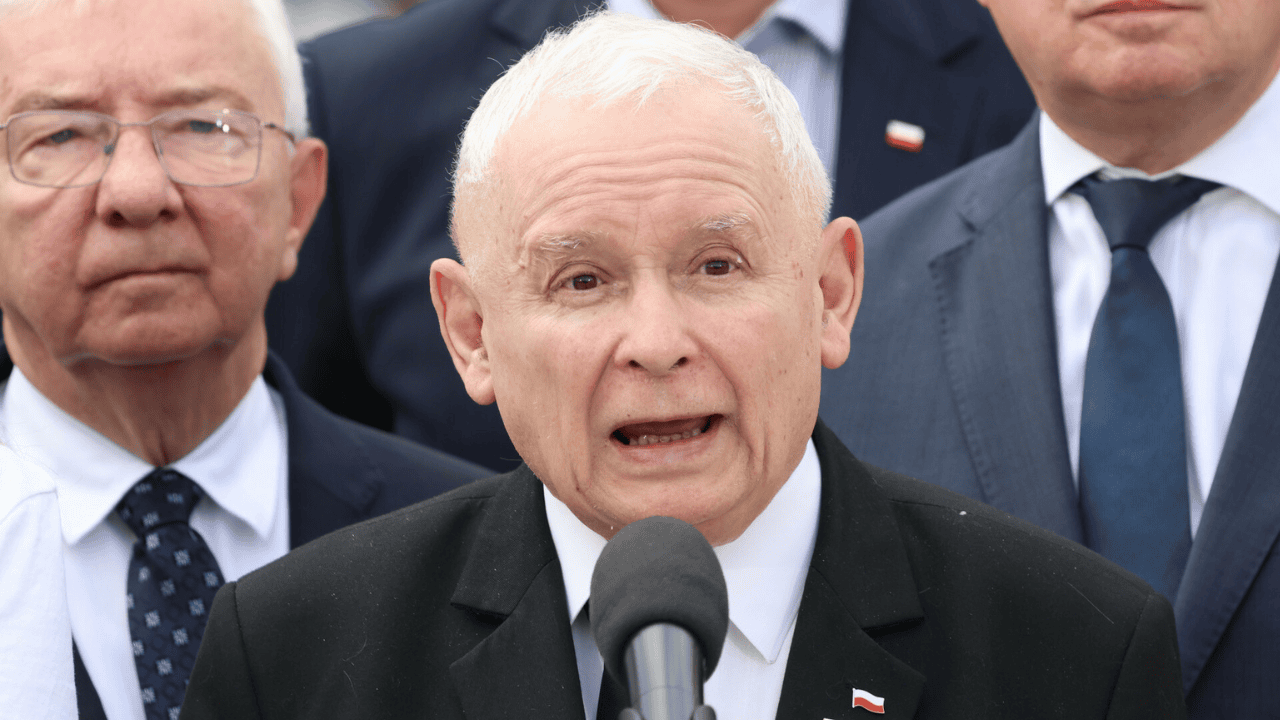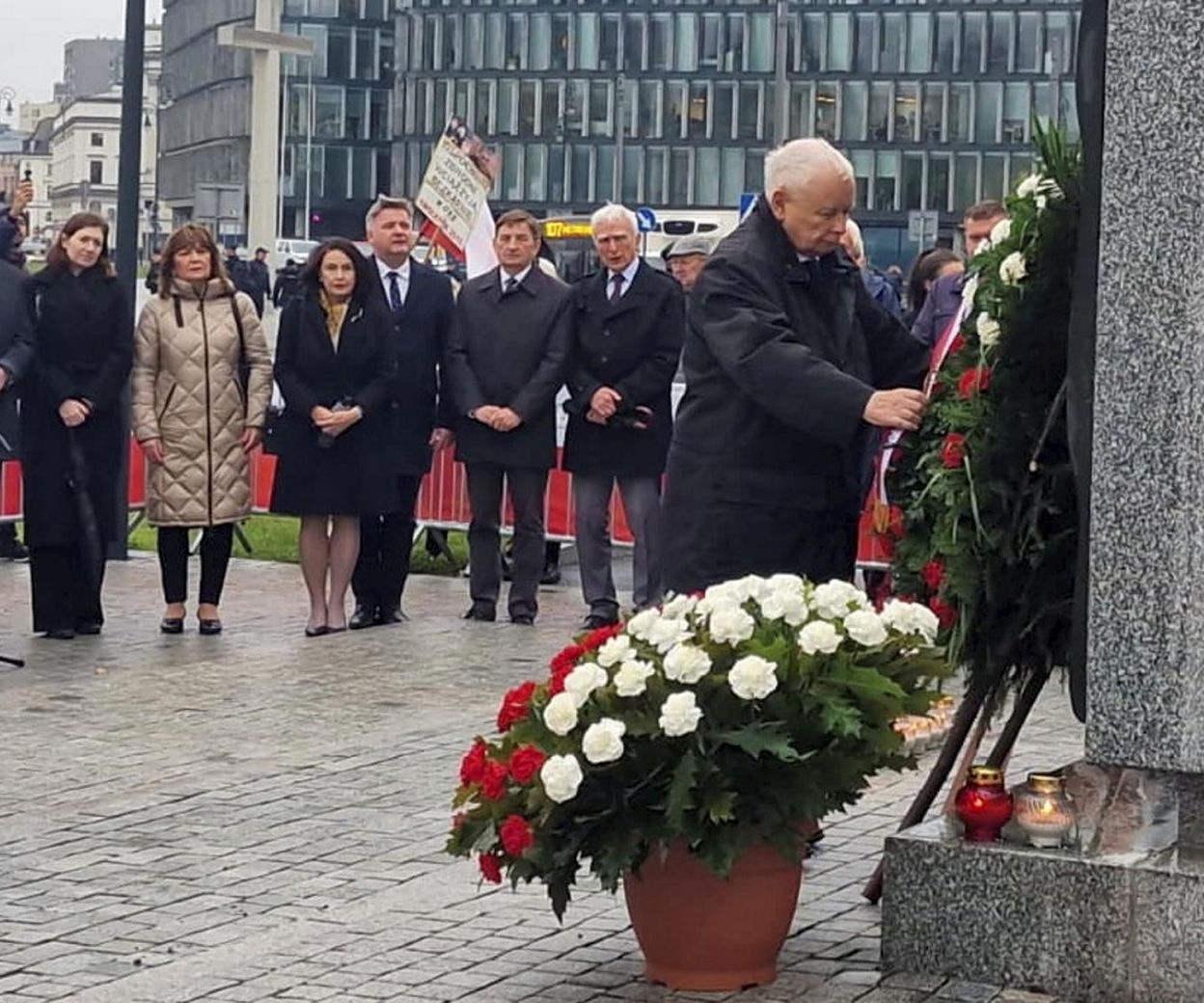
GROOM LAKE— A rare public sighting has confirmed operations of the NT-43A RATT55, a highly modified Boeing 737-200 radar test aircraft, at the U.S. Air Force’s restricted Nevada test facility.
On August 13, 2025, aviation photographer Michał Rokita captured video of the jet departing Groom Lake (GRL), performing repeated circuits, and returning to land. The aircraft, operating with the callsign SABRE98, was filmed from Tikaboo Peak, the closest public vantage point overlooking the base.
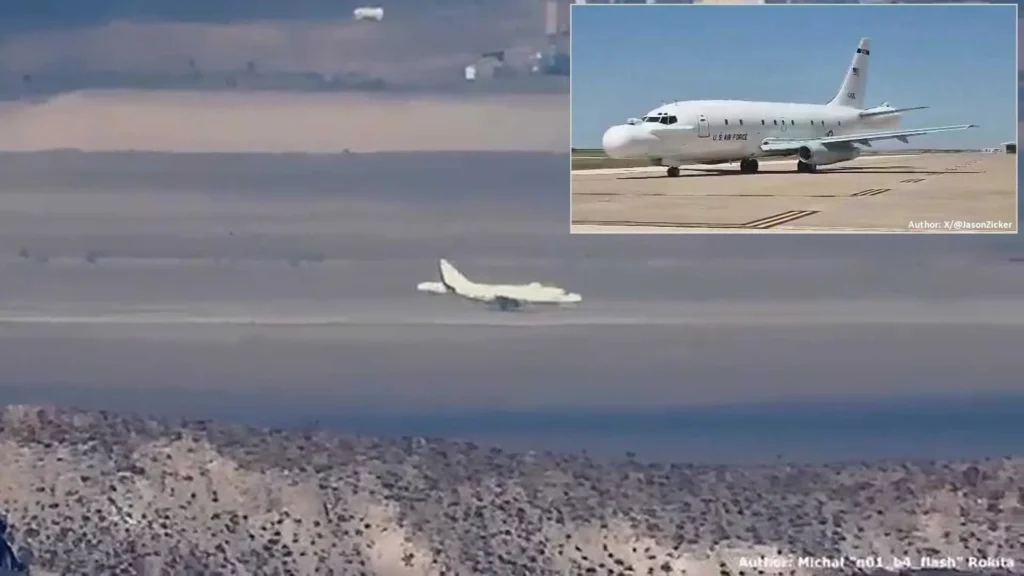 Photo: Jason Zicker | X
Photo: Jason Zicker | XRATT55: Most Secretive US Air Force Aircraft
The NT-43A, also known by its callsign RATT55, is one of the most secretive aircraft in U.S. Air Force service. Its mission is to measure radar and infrared signatures of stealth platforms under real-world conditions—something ground-based test ranges cannot replicate with full accuracy.
During its August sortie, RATT55 carried out multiple touch-and-go maneuvers on Runway 32 before taxiing into Hangar 18, one of the base’s largest structures.
This hangar has long been linked to speculation due to its capacity to house any known U.S. aircraft. The aircraft’s transponder broadcast RATT55, directly confirming its identity.
Radar test aircraft, such as RATT55, are vital for validating stealth coatings, ensuring maintenance quality, and supporting mission planning. They provide engineers with in-flight data across different viewing angles, altitudes, and weather conditions—critical inputs for survivability modeling and operational certification.
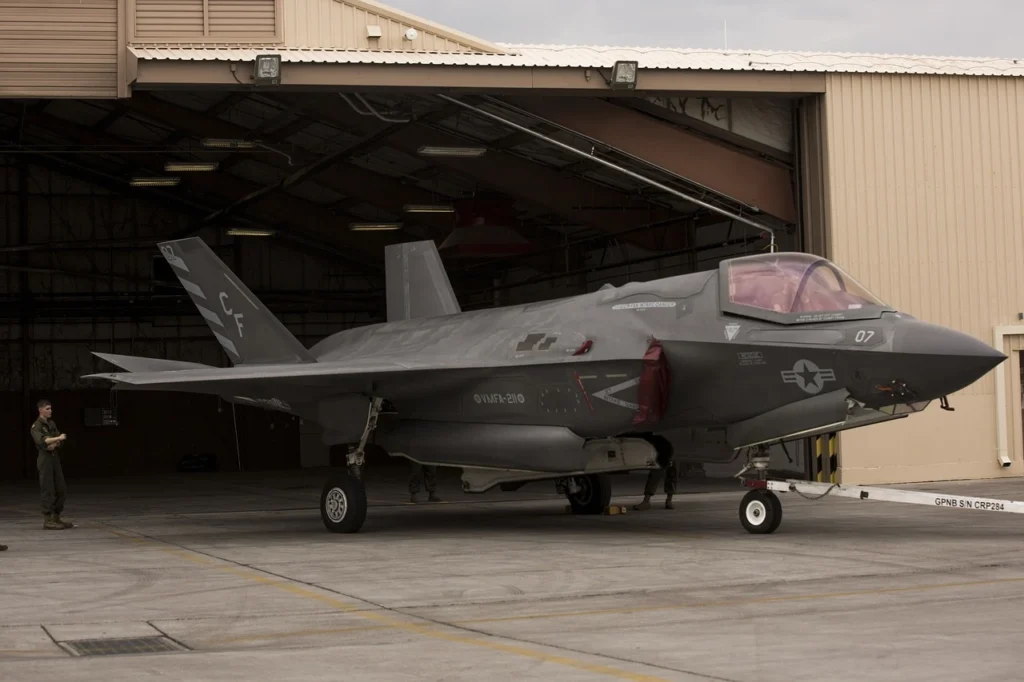 Photo: Needpix.com
Photo: Needpix.comA Unique Role in Stealth Validation
Radar testbeds are not unique to the U.S., but few have operated as long or as covertly as the NT-43A. Comparable platforms include Airbus’s modified A320 for Eurofighter avionics testing, Lockheed Martin’s CATBird (a Boeing 737-330 used for F-35 systems), and South Korea’s 737-500 testbed for KF-21 radar development.
The U.S. has employed earlier test platforms such as the TA-3B Skywarrior and Raytheon’s NTA-3B, but the NT-43A remains unmatched in capability.
Unlike these predecessors, RATT55 continues to play an active role in validating low-observable aircraft, including the B-2 Spirit, the upcoming B-21 Raider, advanced drones, and potentially the Boeing F-47.
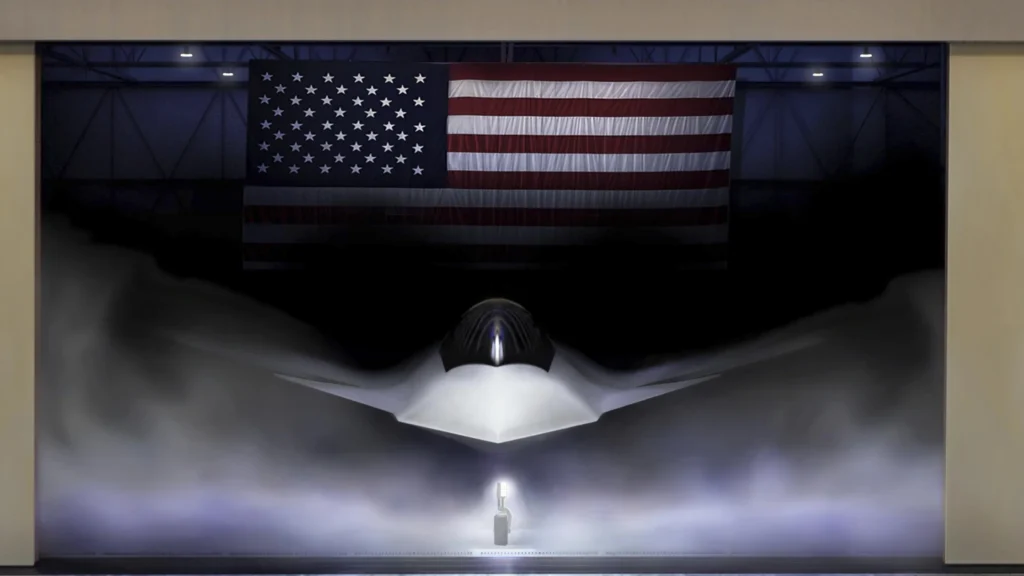 F-47 Photo- US Air Force via AP
F-47 Photo- US Air Force via APFrom Trainer to Testbed
RATT55 began life as one of nineteen Boeing T-43A “Gator” navigation trainers, delivered to the Air Force between 1973 and 1974. These aircraft trained navigator crews with weather radar, TACAN, VOR, LORAN-C, inertial navigation, and full communications suites.
When the T-43 fleet was retired by 2010, most were scrapped or converted into CT-43A executive transports. One airframe, serial 73-1155, was retained and transformed into the NT-43A radar test platform.
The conversion took place between 1999 and 2001, led by Denmar, Inc. and Lockheed’s Skunk Works. Oversized forward and aft composite radomes—each over six feet in diameter—were installed to house advanced radar arrays and infrared turrets. With these modifications, the jet became instantly recognizable and one of the rarest aircraft still flying.
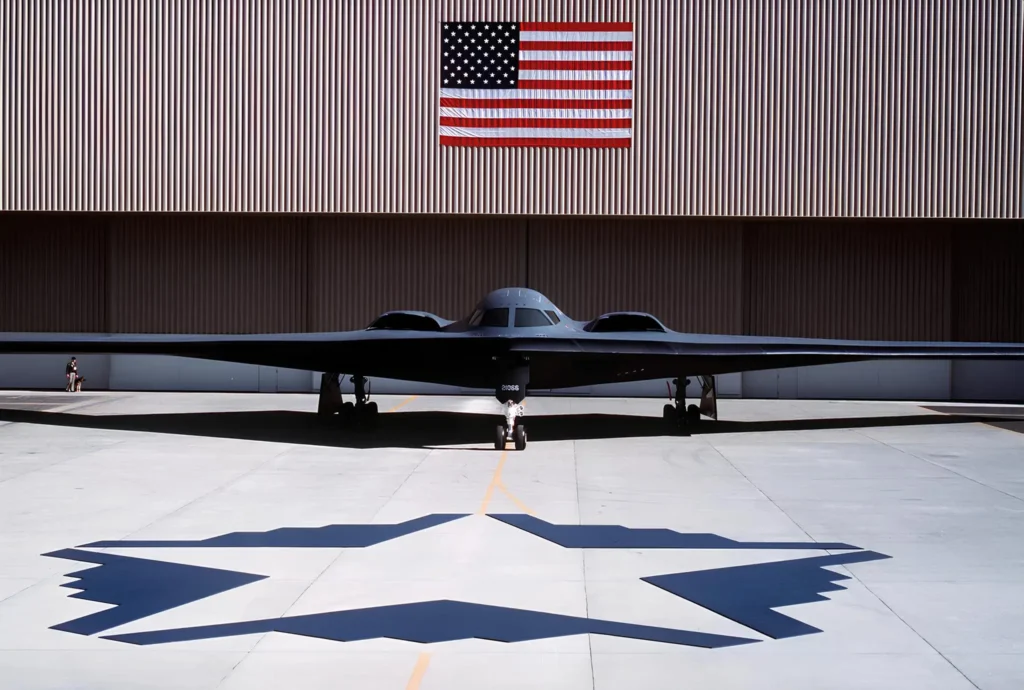 Photo: NARA & DVIDS Public Domain Archive
Photo: NARA & DVIDS Public Domain ArchiveMissions and Observed Activity
Over the years, RATT55 has been repeatedly spotted flying with stealth bombers and fighters across Nevada and California ranges. Its missions often involve formation flights with B-2 Spirits over Death Valley, validating radar signatures after maintenance or upgrades.
In 2025, its role expanded further as Groom Lake temporarily hosted F-117A Nighthawk sorties during runway work at Tonopah Test Range. These flights suggest a coordinated effort: legacy stealth aircraft acting as aggressors or surrogates, while RATT55 collects in-flight radar data to support Next Generation Air Dominance programs.
Occasional cross-country flights also occur. In May 2025, the aircraft flew to Arkansas and Texas under the callsign Stormy 29, refueling in Amarillo (AMA). These appearances outside Nevada are rare and usually linked to specialized support or upgrades.
 Photo: Rawpixel
Photo: RawpixelTechnical Characteristics
The NT-43A is derived from the Boeing T-43A, itself a variant of the 737-200. The baseline trainer measured 100 feet in length, with a wingspan of 93 feet, and was powered by twin Pratt & Whitney JT8D-9A engines producing 14,500 pounds of thrust each.
While the core dimensions remain unchanged, RATT55’s oversized radomes and sensor pods impose aerodynamic penalties.
Its range and efficiency are likely reduced compared to the original T-43A, but its mission does not rely on speed. Instead, its value lies in precision radar and infrared data collection across extended sorties lasting up to six hours.
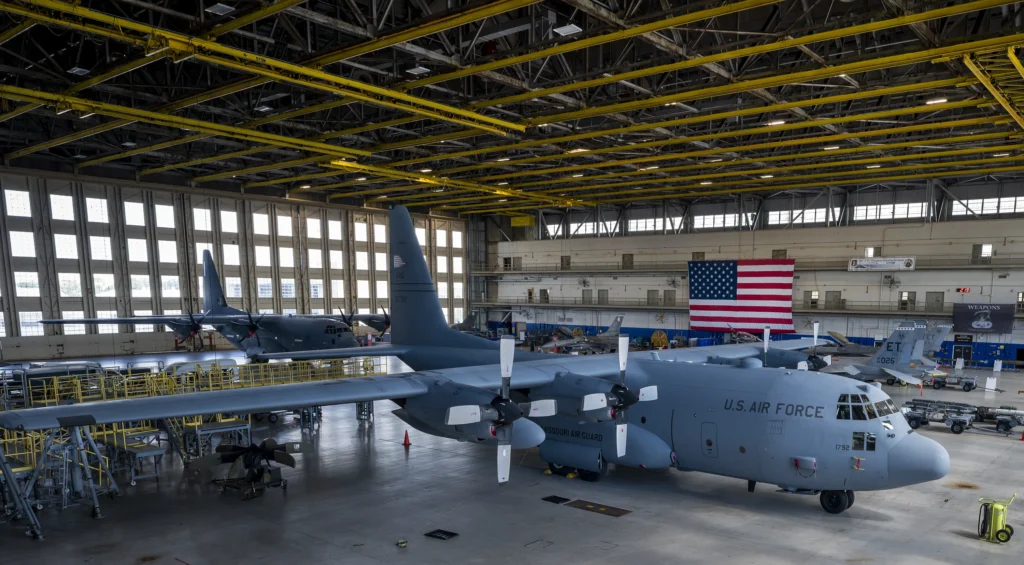 Photo: USAF
Photo: USAFLooking Ahead
Observers believe the Air Force is preparing a successor. A Boeing 737-700 (registration N712JM), briefly owned by Denmar and now tied to the Air Force Rapid Capabilities Office, has flown test profiles off California
Its connection to Sierra Nevada Corporation facilities has fueled speculation that it could eventually replace or supplement the NT-43A.
Until then, the NT-43A RATT55 remains the only operational aircraft of its kind. Despite its age, ongoing modifications ensure its continued role in U.S. stealth programs, where validating radar signatures in real flight conditions remains essential.
Stay tuned with us. Further, follow us on social media for the latest updates.
Join us on Telegram Group for the Latest Aviation Updates. Subsequently, follow us on Google News
The post US Air Force Deploys Most Secretive Aircraft in the World appeared first on Aviation A2Z.




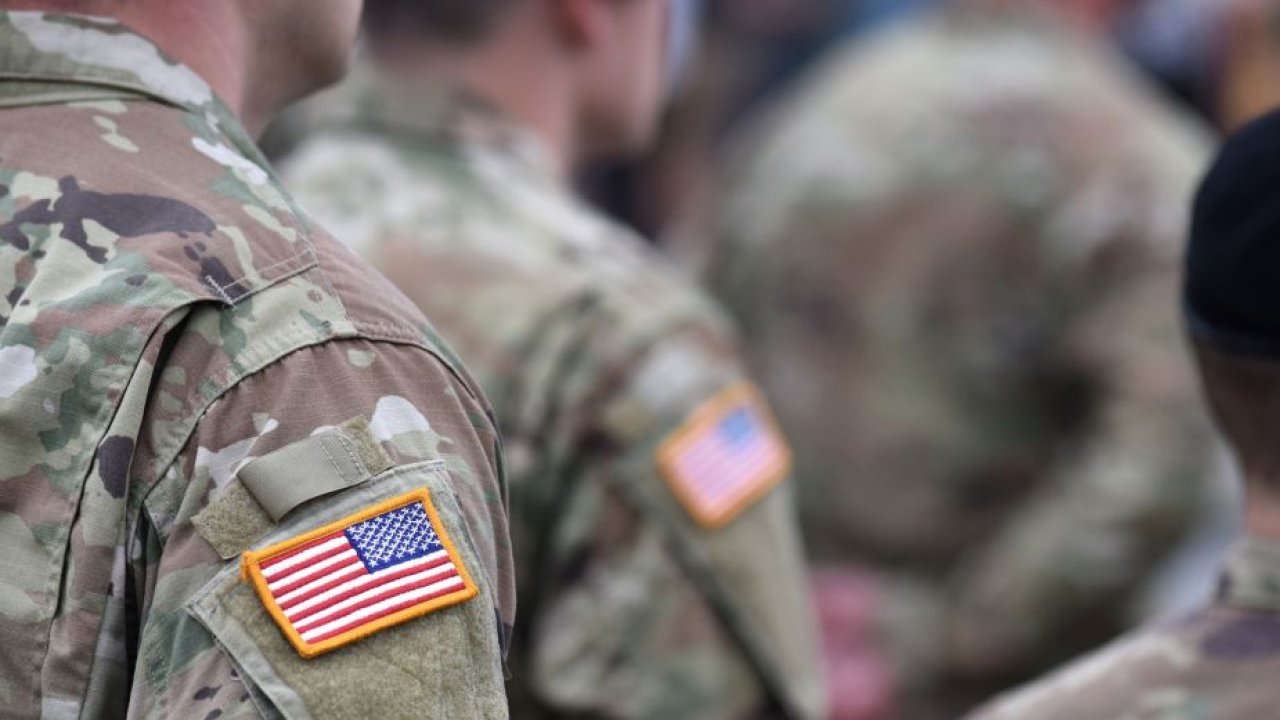

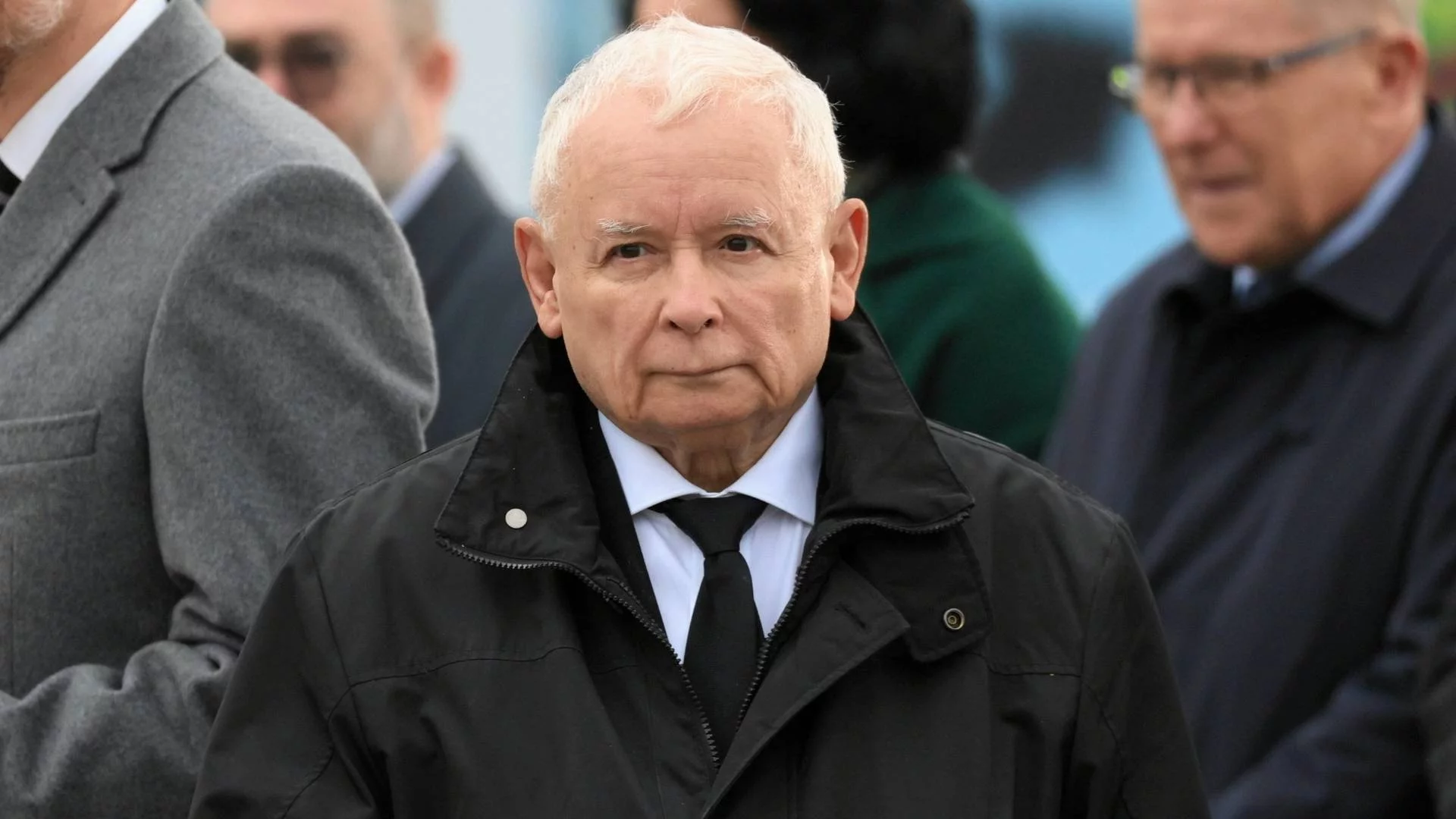
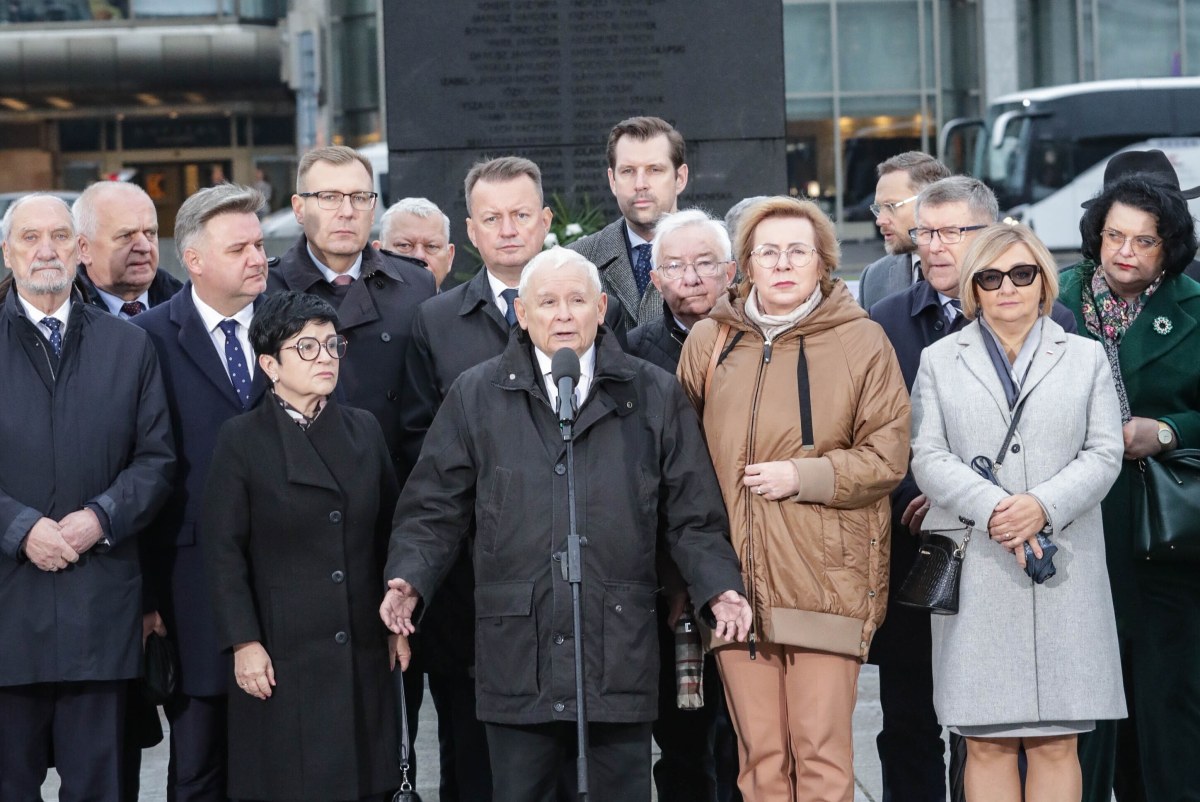
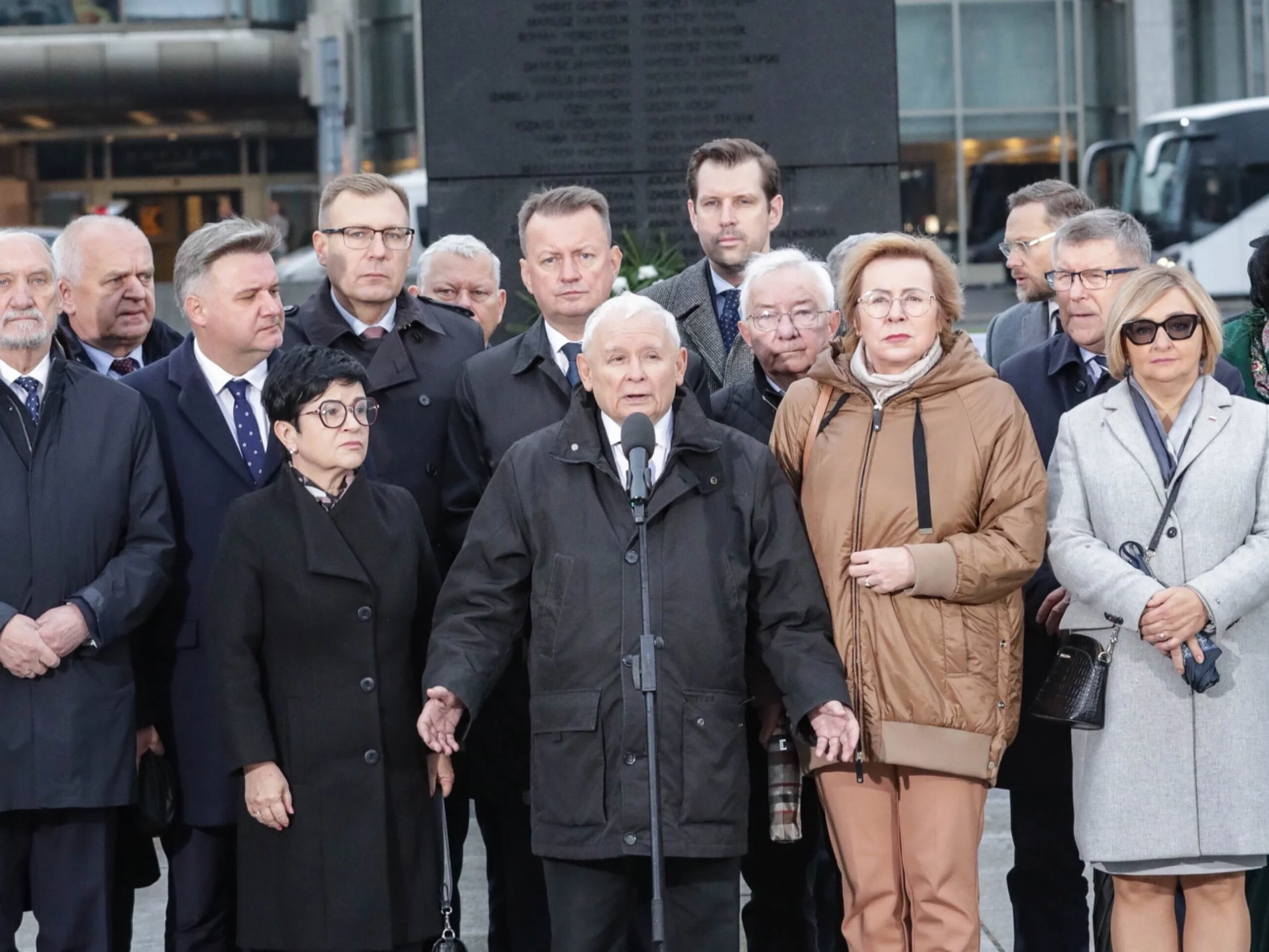
![A gdyby tak rzucić wszystko i wyjechać do Maroka… [zdjęcia]](https://tarnow.ikc.pl/wp-content/uploads/2025/10/ucieczka-do-tangeru-fot.-Artur-Gawle0001.jpg)

